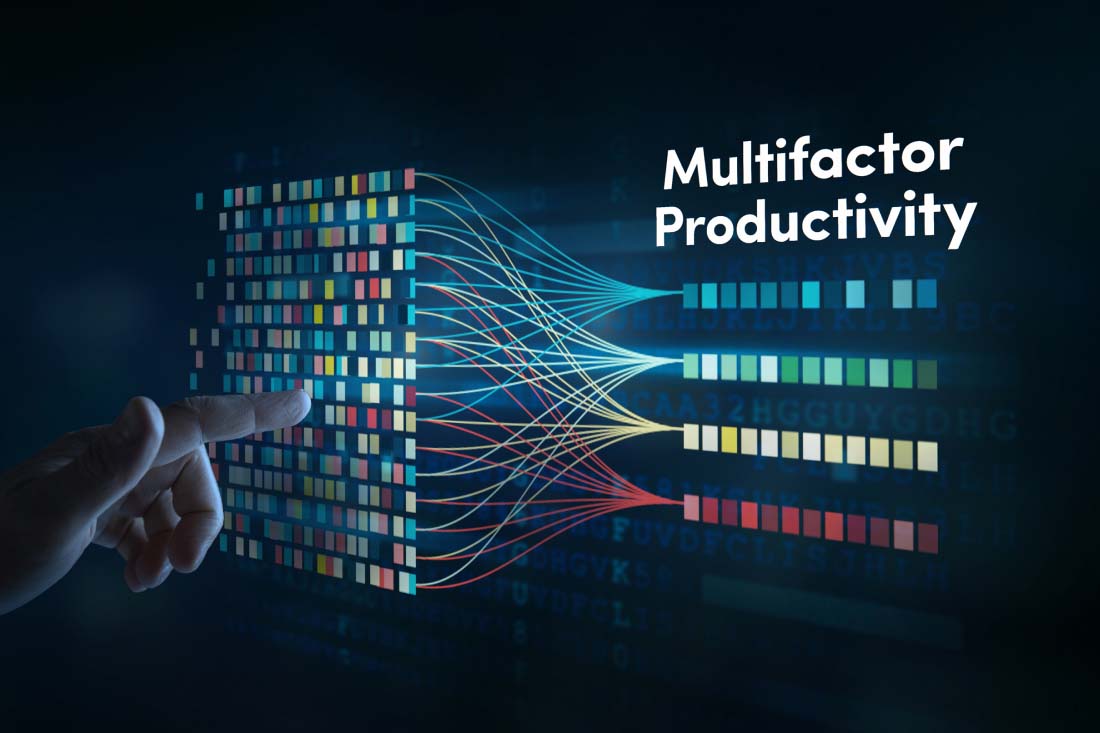As a manager, it’s your job to make sure each team member has the right amount of work. Assign too much, and your employees will quickly burn out. Give them too little, and you’ll fail to reach your goals.
It’s one of the most challenging responsibilities to get right.
This is why workload distribution is so essential for effective leadership. By understanding the importance of proper workloads and learning how to put the right processes in place, you can help each member of your team reach their full potential.
In this article, we explore specific strategies and techniques you can use to achieve effective workload distribution.
What is workload distribution?
Workload distribution is the practice of allocating tasks and responsibilities among team members in a way that is fair and efficient. It involves analyzing each person’s capabilities, along with their current work and capacity, to distribute assignments in a way that’s not only equitable but also makes the most of all skill sets.
When workload distribution is unbalanced, it means that some employees are overworked while others are underutilized. By distributing work accurately, managers help ensure no one’s workload is too heavy or too light. It’s one of the best ways to create a healthy work environment and maximize productivity.
Risks of unbalanced workload distribution
Various studies show that unbalanced workloads can negatively impact job satisfaction and team camaraderie. Left unchecked, those imbalances can lead to:
- Lower team performance: In one academic study of workload and workaholism, researchers found that self-professed workaholics — employees who habitually work to the point of exhaustion — tend to “work hard rather than smart.” The long-term results of these heavy workloads are conflict, friction and low social support that leads to lower job performance.
- More team conflict: Overwhelmed team members may become resentful of coworkers with lighter workloads, while underutilized employees may grow frustrated when their skills aren’t used. Without workload distribution to address these issues, conflict can escalate quickly — more than 25% of surveyed employees quit because of a coworker who either made excuses or was seen as a “control freak.”
- Lower morale: When certain team members are consistently overloaded with tasks, they may experience burnout. On the other hand, underutilized individuals may feel undervalued and unchallenged, which can also impact motivation and morale. As employee engagement in the US dips to a new low of 32%, surveyed employees say they feel less cared about at work and have too few opportunities to focus on what they do best — issues that could be quickly addressed with workload distribution.
- Voluntary turnover: When team members feel underused, underappreciated or unsupported, they’re more likely to resign. When deciding whether to stay at their job or search for a new one, surveyed employees named work-life balance as the #1 factor. More importantly, 34% said unsupportive work environments have driven them to search for new jobs.
By distributing workloads evenly among team members, managers can ensure no one is overburdened or overwhelmed with tasks — or frustrated the skills they’ve built are going to waste. This not only promotes fairness but also helps prevent burnout and boost engagement.
7 steps to successful workload distribution
It’s tempting to give more projects to top performers who always say “yes,” and to lighten the load for employees who are struggling. But you need to distribute workloads fairly. So how do you ensure everyone on your team has the right amount of work?
Use these seven steps to distribute workloads effectively:
- Identify workload imbalances
- Assess capacity
- Prioritize projects and assign tasks
- Involve staff
- Redistribute as needed
- Learn how to delegate
- Monitor workload metrics
Let’s look at each area in more detail.
1. Identify imbalances
Before you can address workload imbalances, you need to identify them. Schedule one-on-ones with team members, conduct team feedback sessions or use workforce analytics software to spot when someone’s overloaded or underutilized.
2. Assess capacity
Rather than focusing solely on what needs to be done or even which goals you want to pursue, it’s important to first take a step back and assess how much work your team can realistically handle. In addition to looking at current workloads, factor in the time that will go to other areas like meetings, recurring tasks and paid time off.
3. Prioritize projects and assign tasks
Effective workload distribution requires careful prioritization of assignments. By creating a list of projects and specific tasks based on importance and deadlines, you can ensure nothing is dropped. Use a project management tool to track progress, prevent bottlenecks and ensure all team members contribute equally.
4. Involve staff
Communication with your team is crucial when distributing workloads. By involving employees in the prioritization process, you can help ensure each task is aligned to the right person based on expertise and availability. Empowering team members to make decisions and take ownership of their responsibilities also fosters a sense of autonomy and accountability. This will not only enhance individual growth but also strengthen overall team dynamics.
5. Redistribute as needed
Workload distribution is not a one-and-done event. Projects and priorities change frequently, and you need to make adjustments accordingly. Regularly communicate with team members to understand their capacity and provide support when needed. This may involve redistributing tasks among team members, providing additional training to those who are struggling or finding new ways to put the skills of underutilized employees to work.
6. Learn how to delegate
Delegation is a critical aspect of workload distribution. By assigning each task to the most suitable individual, managers can ensure that work is completed to a high standard and within the allocated time frame. When delegating responsibilities, clearly communicate expectations, due dates and desired outcomes to avoid any misunderstandings or confusion.
7. Monitor workload metrics
Workload distribution is an ongoing process that fosters continuous improvement. To regularly assess the effectiveness of your workload plan, workload management tools are key. Use software that allows you to analyze performance and productivity metrics, identify areas for improvement and make adjustments in real time.
Easily manage workload distribution with ActivTrak
If you’re looking for a way to increase performance while creating a positive work environment, workload distribution is the way to go. By implementing the seven strategies outlined above, you can quickly boost productivity, build camaraderie and improve overall job satisfaction.
With ActivTrak’s workload management reporting, you can start measuring and making progress right away by:
- Identifying underutilized employees who can take on more work
- Getting alerts when overused employees show signs of burnout
- Assessing spikes in work hours that indicate a need for rebalancing.
Sign up for your free account or request a demo to learn how ActivTrak can help you meet your goals with accurate workload distribution.





